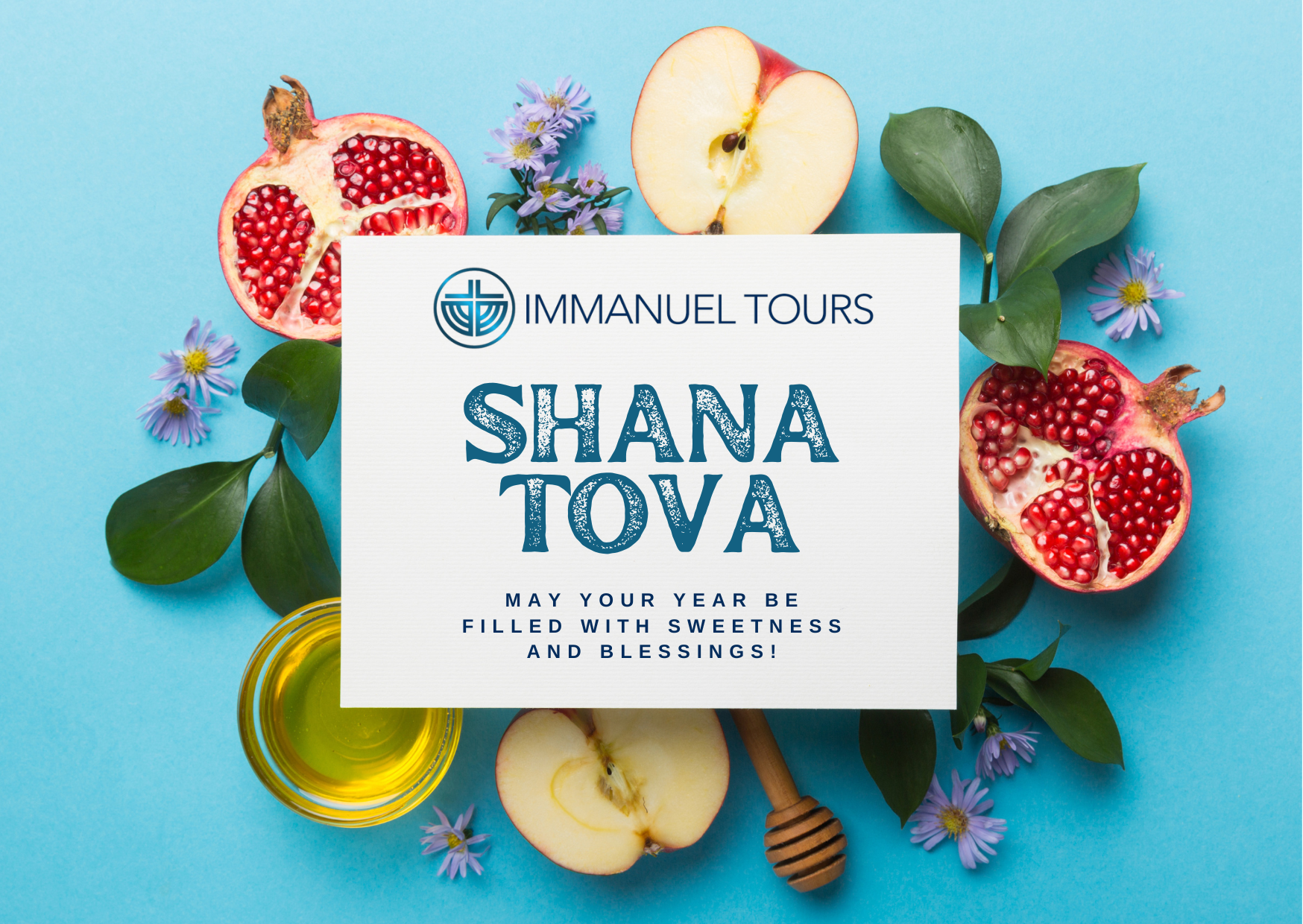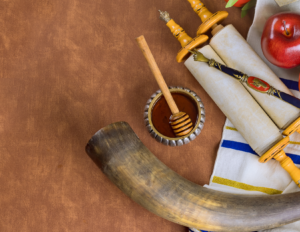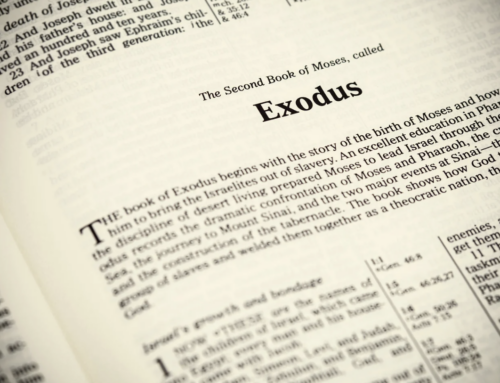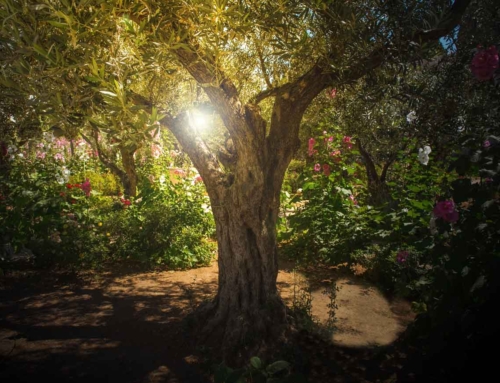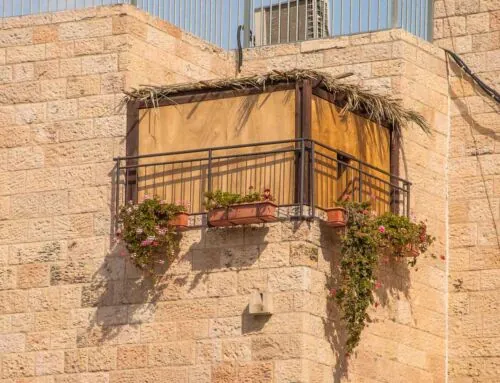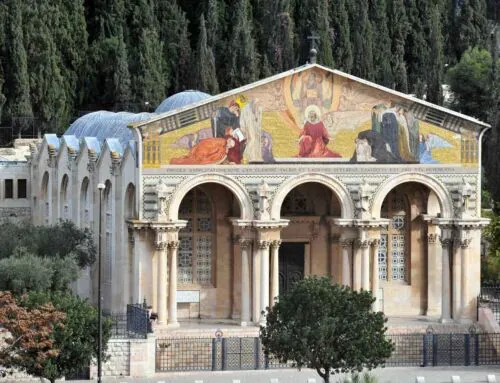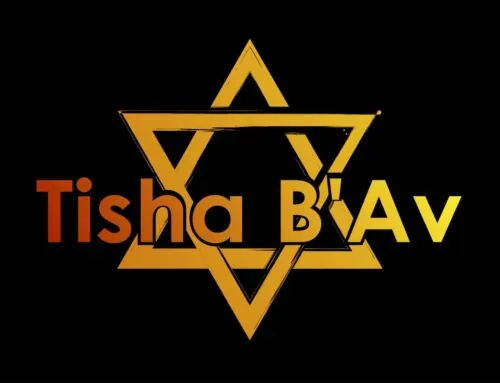This week marks one of the most significant Jewish holidays: Rosh Hashanah. This occasion marks the beginning of the High Holidays in the Jewish calendar, a time for introspection, renewal, connection, and growth. In this blog post, we will delve into the history, significance, some customs, and practices of Rosh Hashanah.
The History and Origins of Rosh Hashanah:
Rosh Hashanah, which translates to “Head of the Year” or “first of the year,” in Hebrew, holds a special place in Jewish tradition. It is celebrated at the first day of Tishrei, the seventh month of the Hebrew calendar, and marks the Jewish New Year. The roots of Rosh Hashanah can be traced back to the Torah, specifically in Leviticus 23:24-25, where it is referred to as “Yom Teruah” or the “Day of Trumpets:”
“Speak to the Israelites and say, ‘In the seventh month, on the first day of the month, you shall observe a day of solemn rest, a memorial proclaimed with blast of trumpets, a holy convocation. You shall not do any ordinary work, and you shall present a food offering to the Lord.'”
Moreover, the commemoration of the new year and celebration of God’s creation of the Earth was established around 6th century BC, yet the term Rosh Hashanah begins to be seen around 200 AD.
The First of the High Holidays:
Rosh Hashanah is the first holiday in what is commonly referred to as the “High Holidays,” a series of important Jewish festivals that also includes Yom Kippur, Sukkot, and Simhat Torah. These holidays are a period of reflection, repentance, and celebration.
A Time for Introspection and Renewal:
Rosh Hashanah is a time for deep introspection and renewal, it marks the beginning of the Days of Awe, a 10-day period of introspection and repentance leading to Yom Kippur. It is a time when Jewish people reflect on their past deeds, seek forgiveness for their sins, and make resolutions for the year ahead. The sounding of the shofar, a ram’s horn trumpet, is a central and symbolic act during Rosh Hashanah. The shofar’s blasts serve as a wake-up call to religious awareness and a call to repentance.
Main Customs and Practices of Rosh Hashanah:
- Prayer and Synagogue Services: Jewish communities around the world come together for special prayer services during Rosh Hashanah. They recite specific prayers, known as “Tefillat Ha’amidah,” which focus on themes of kingship, remembrance, and the shofar.
- Tashlich: On the first day of Rosh Hashanah, it is customary to perform Tashlich, a symbolic act of casting away sins. People gather by flowing water, recite prayers, and then symbolically throw breadcrumbs into the water to represent the casting away of their sins.
- Seder Meal: Families come together to enjoy festive meals, often featuring symbolic foods like apples dipped in honey, symbolizing the hope for a sweet year ahead. Read more about the Seder meal here!
- Shofar Blowing: As mentioned earlier, the shofar is sounded in synagogues during Rosh Hashanah services. The blasts of the shofar are significant, with different patterns and sequences of blasts carrying various messages.
When is Rosh Hashanah Celebrated This Year?
Rosh Hashanah falls on the first and second days of the Jewish month of Tishrei, which usually corresponds to September or October in the Gregorian calendar. The exact date varies from year to year due to the Jewish lunar calendar. For this year, 2023 Rosh Hashanah begins at sundown on Friday, Sept. 15 and ends at sundown on Sunday, Sept. 17.
We invite you to join us in celebrating Rosh Hashanah, a time of profound significance and depth in the Jewish faith. Let this time of the year be an opportunity for introspection, renewal, and a deeper understanding of this rich tradition that connects us all.
We look forward to exploring the beauty of the Holy Land and the religious treasures it holds. May your year be filled with sweetness and blessings.
“L’shanah tovah tikatev v’taihatem” (“May you be inscribed and sealed for a good year”).

